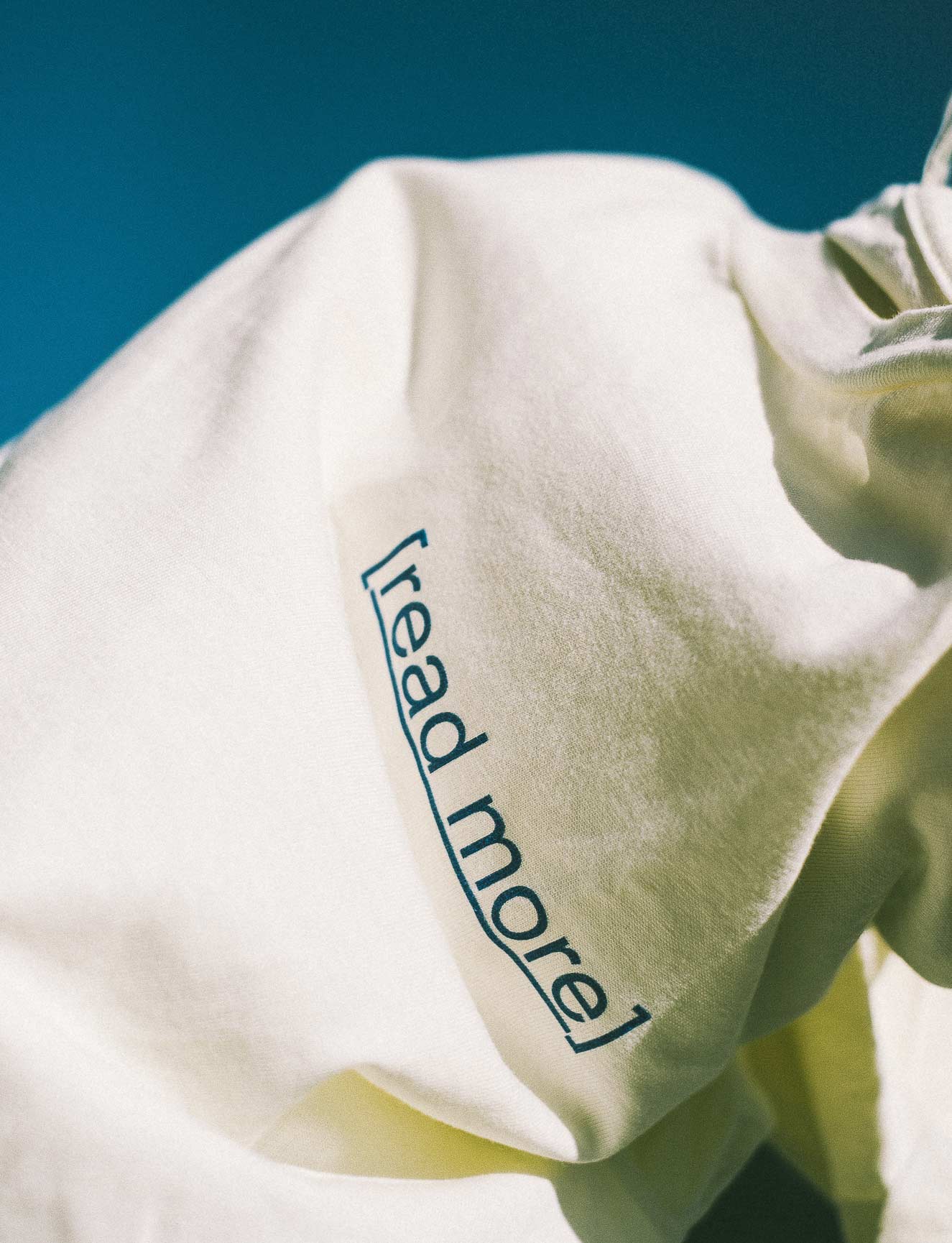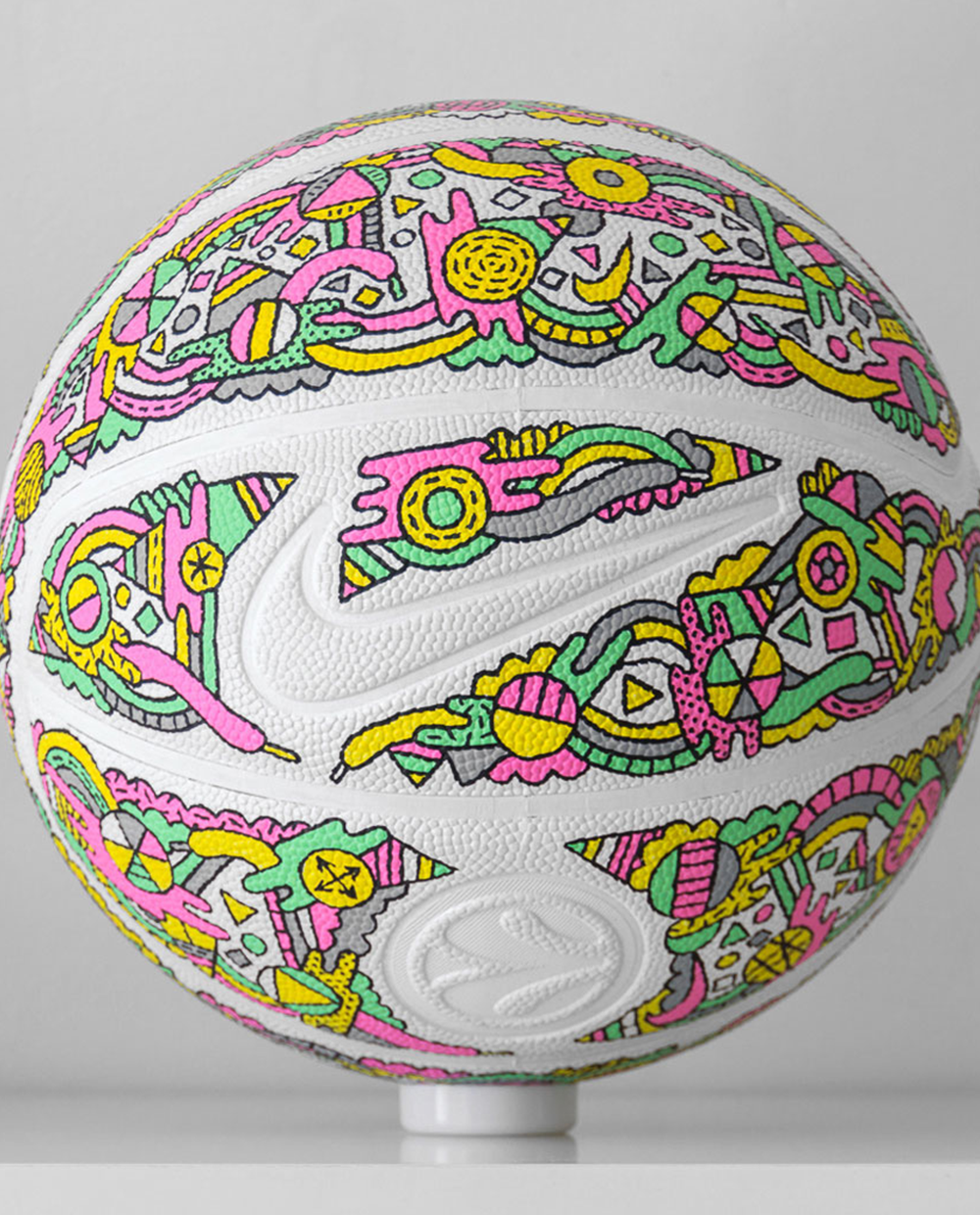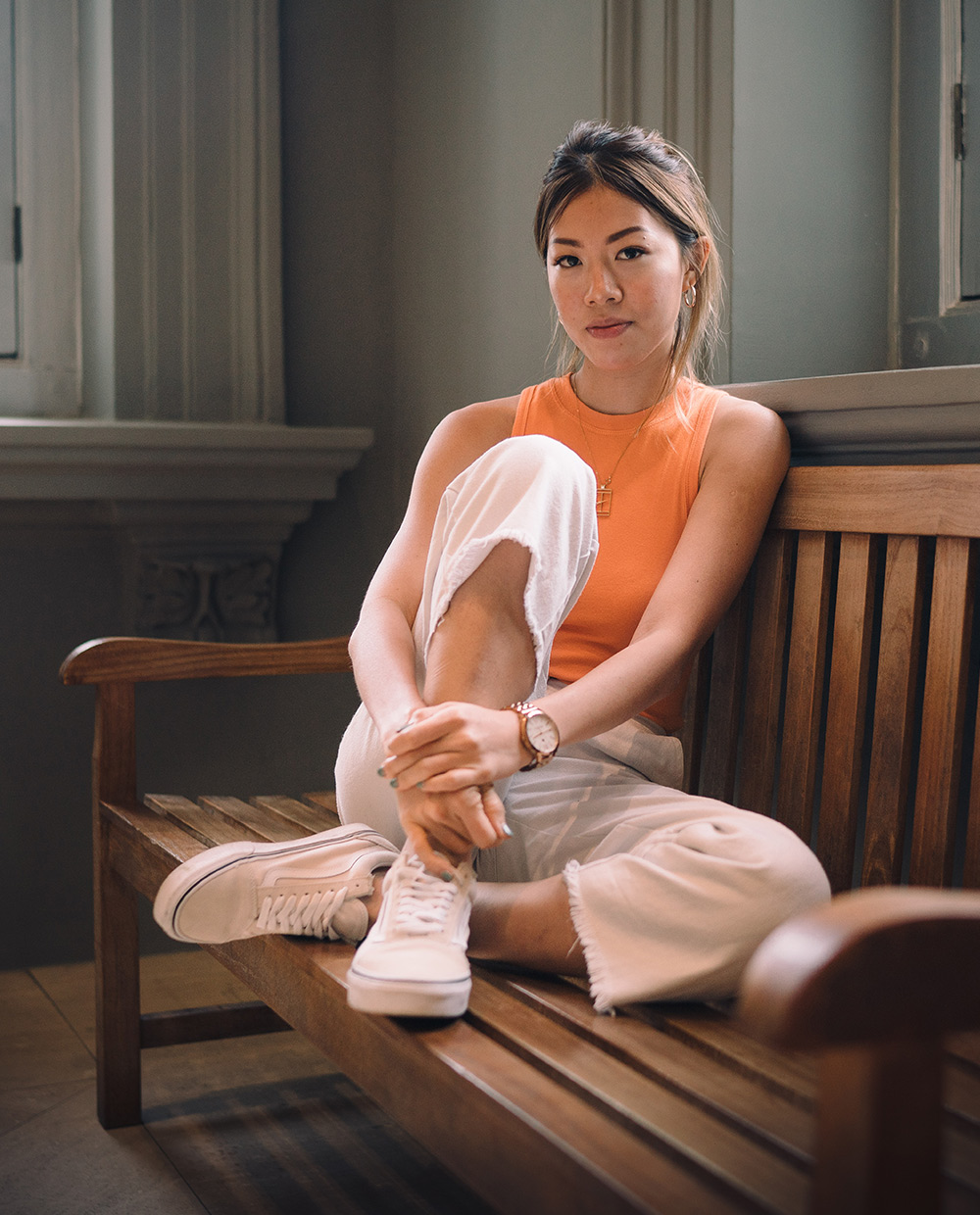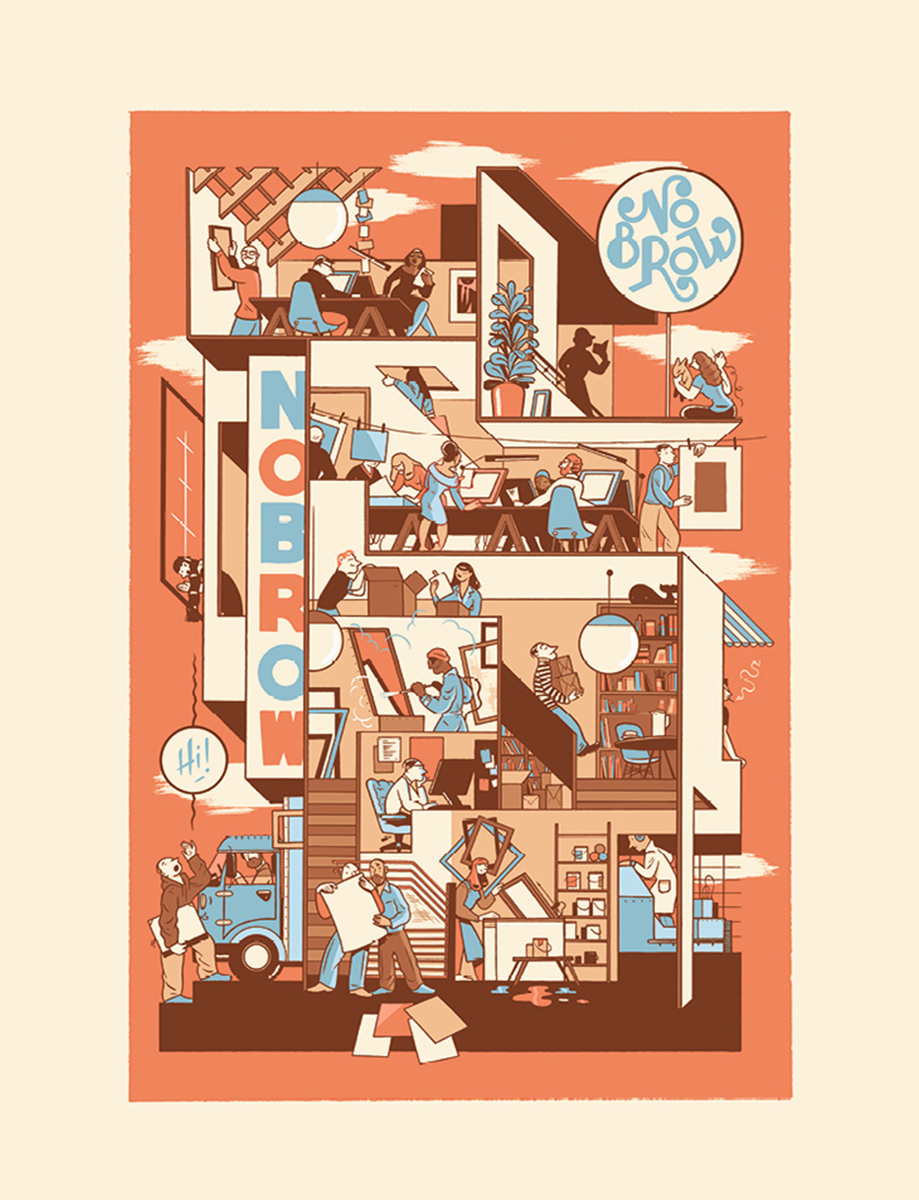Core Values
Since its inception Humana’s work has been rooted in social projects. “The way we started our studio was a little unusual,” the duo explain. “We began with a project called ‘For Design’ which involved us travelling the world, exchanging our design services for accommodation and food.” These community-minded, locally-focused beginnings have been key to the team’s focus ever since, and have made for a studio ethos that’s as concerned with their wider context as it is with design. As they continued: “Our mission has always been to help other people achieve their dreams, because we believe that everyone has the potential to change the world. This carries through to our everyday work, the ideas we have, the projects we do, and the people we work with.”
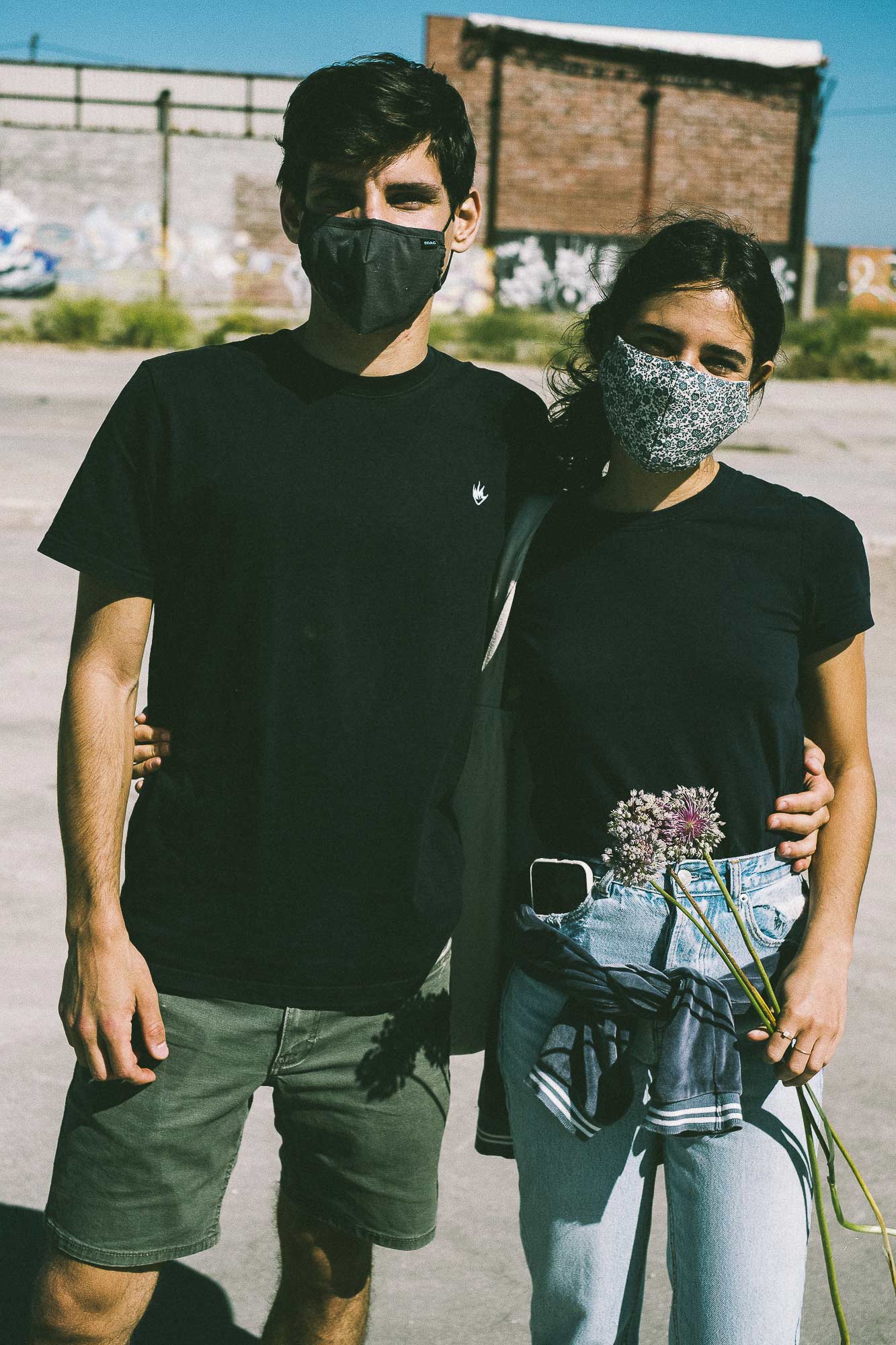
Start Close to Home
Through their work as a studio Humana have built a ready network of creatives, both people who they’ve worked with previously and those who’ve been on their radar for a little while now. When it came to Future Print Club, they decided to operate on the premise they’d scale the project out: starting with people they knew and had relationships with, and then once they’d worked out all the fine details in their earlier collections, moving up to bigger institutions and people who weren’t in their network.
The most important thing is to have a well-planned goal
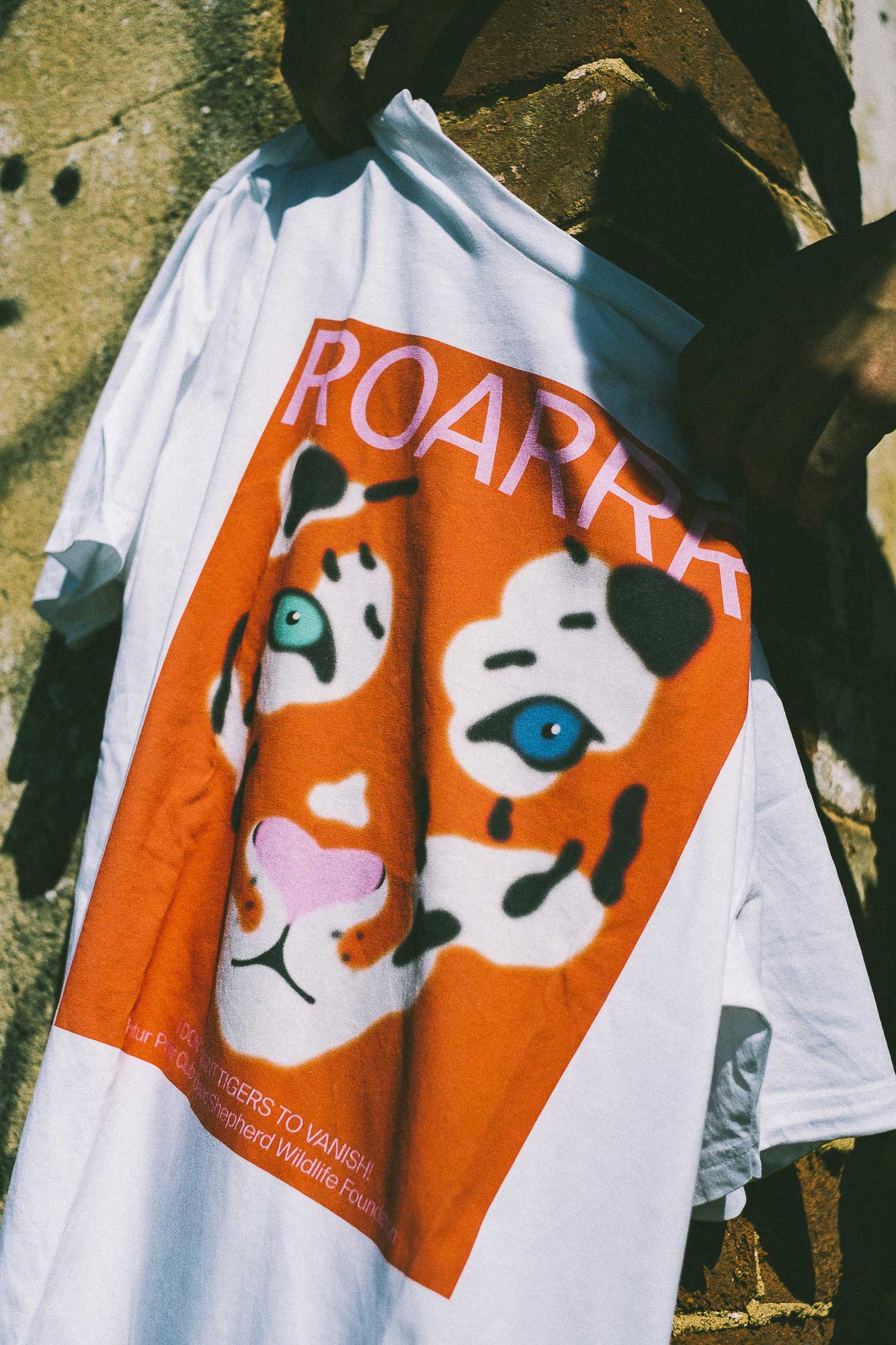
It’s a model that’s worth thinking about for anybody embarking on a similar collaborative effort, especially if it involves working with multiple creatives and moving parts. By going with collaborators they knew, Humana cut out the inevitable outreach and logistics involved in finding new people, meaning they could get started quickly and keep their initial focus on getting the whole project running smoothly. “We talked with people we knew, explained the idea, and within the first few days we had a lot of confirmed artists,” Humana said. “This way we had the opportunity to start the project fast. Now that is growing and we have more time, we can scale it to bigger organizations and help more and more people over time.”
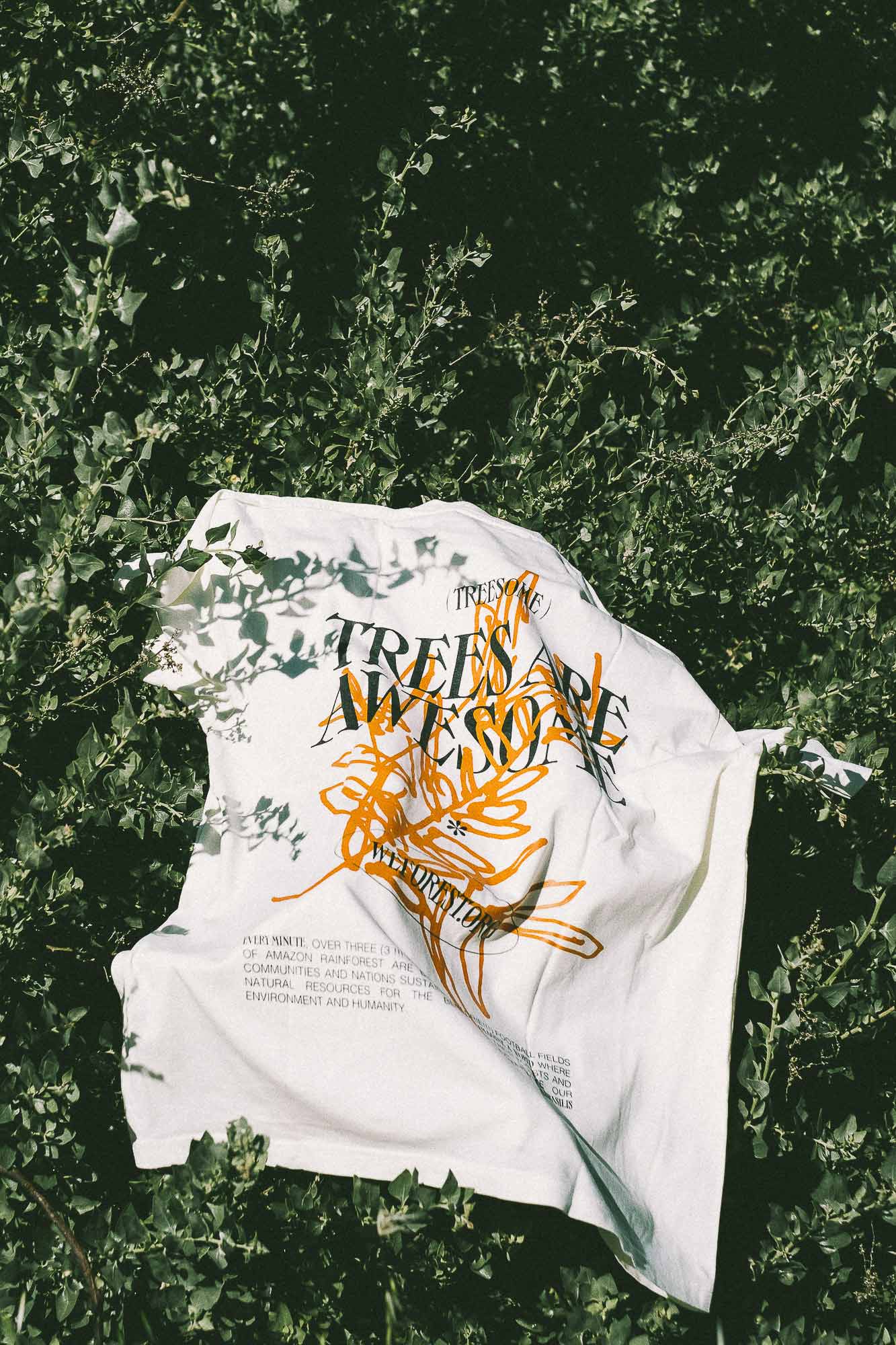
Know What You’re Working Towards
“With a project like this, to start the most important thing is to have a well-planned goal,” Humana said. “Which in this case is to help as many people as possible.” It might sound obvious, but when you’re working with a lot of different moving parts, each with their own separate cause in mind, it can sometimes be easy to lose sight of the bigger project as one cohesive whole.
Keeping your overarching aim at the fore is a way of keeping everybody involved motivated, and on the same page too. “When people come together anything is possible. We already knew this but for us the project has proved even more the power of collaboration,” said the team. “We can feel the positive energy of the people working together, towards the same goal, to help other people.”
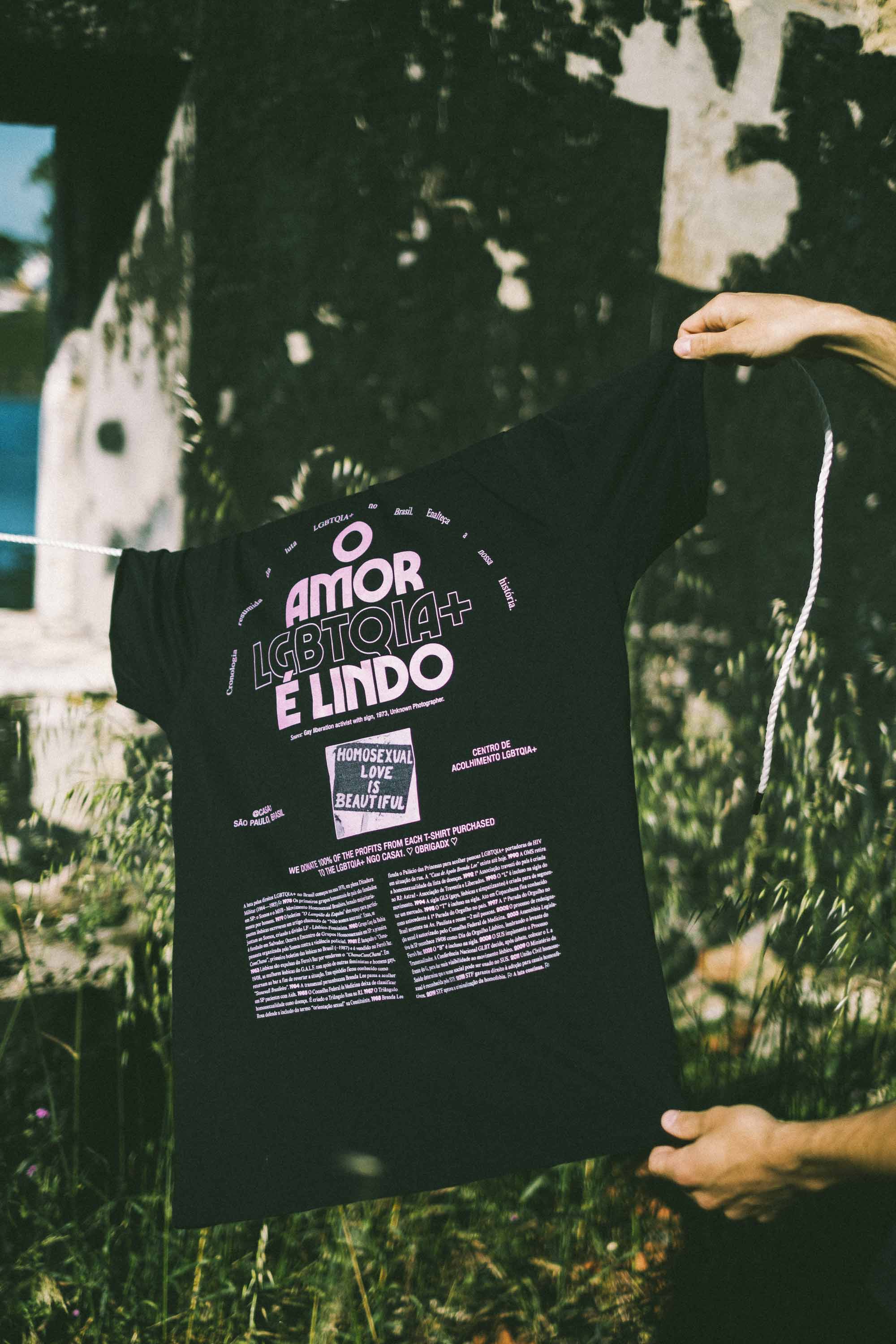
Room For Freedom
When it comes to collaborating, one of Humana’s guiding principles is; “Be creative and explore everything that comes to your mind.” For Future Print Club, the studio makes room for this freedom of creativity by keeping guidelines as open as possible. Artists are free to choose whichever NGO they want to help (as long as there’s no overlap) and the brief is kept simple. “We provide the print specifications and deadline, and we ask each artist to select an NGO and create a design that’s somehow related to the NGO they select,” they summarised. This approach makes for a collection of tees that are still unique enough to hold their own as standalone designs – important for a project where every T-shirt represents a totally different NGO.
Explore everything that comes to your mind
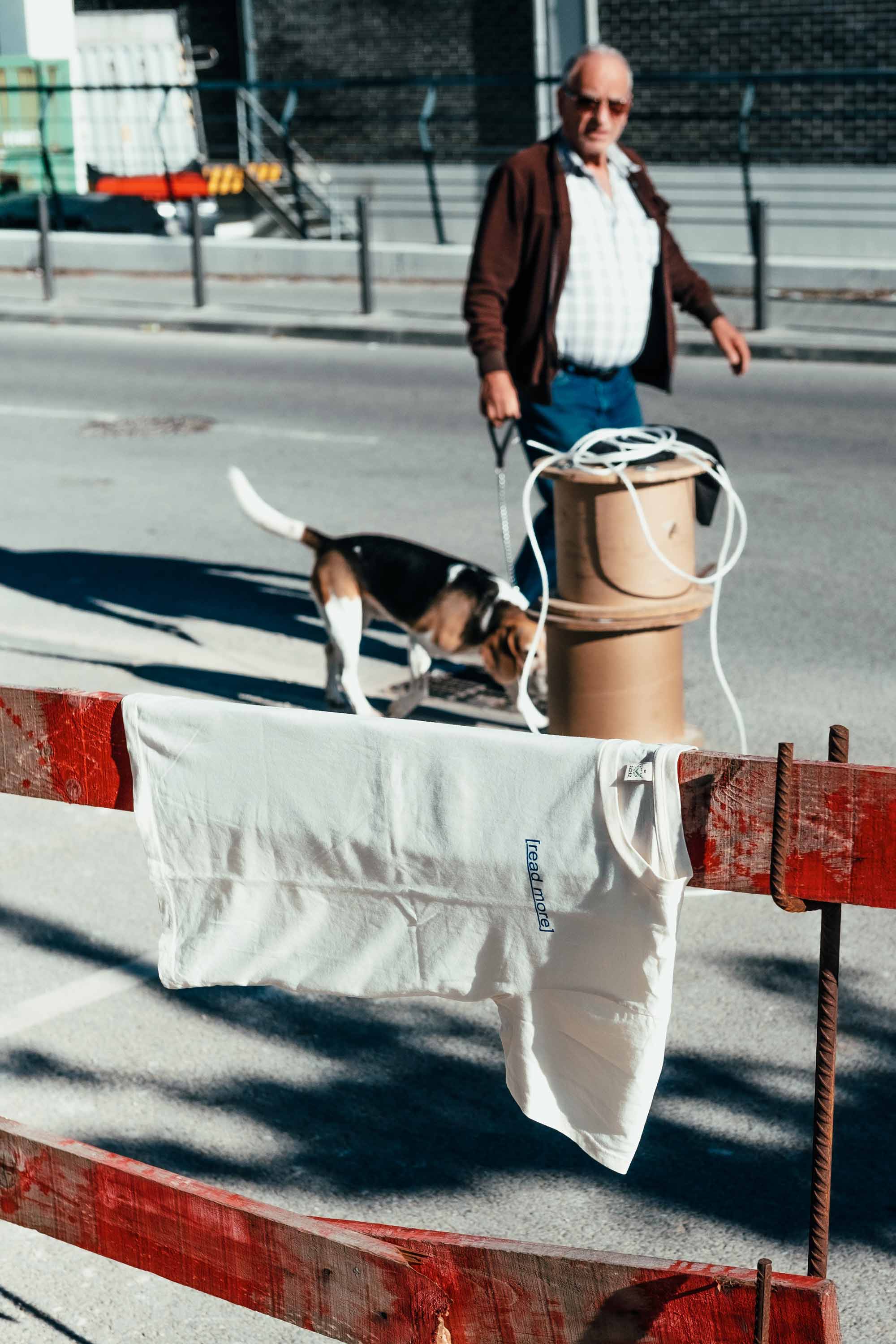
T-Shirts Spread The Word
There’s something unique in the fact that when you design a T-shirt for a cause, as opposed to making a print say, or a poster, every design will end up being worn. As the team put it, “We think of T-shirts as more human, because they’re garments that you wear.” By their very nature T-shirts get your message out there; they quite literally travel around with their wearers. And when it comes to getting attention for an NGO, T-shirts have a singular potential to start a real life conversation too. “A T-shirt will get outside and spread the word, while a poster or print only stays in a home or office,” they said.
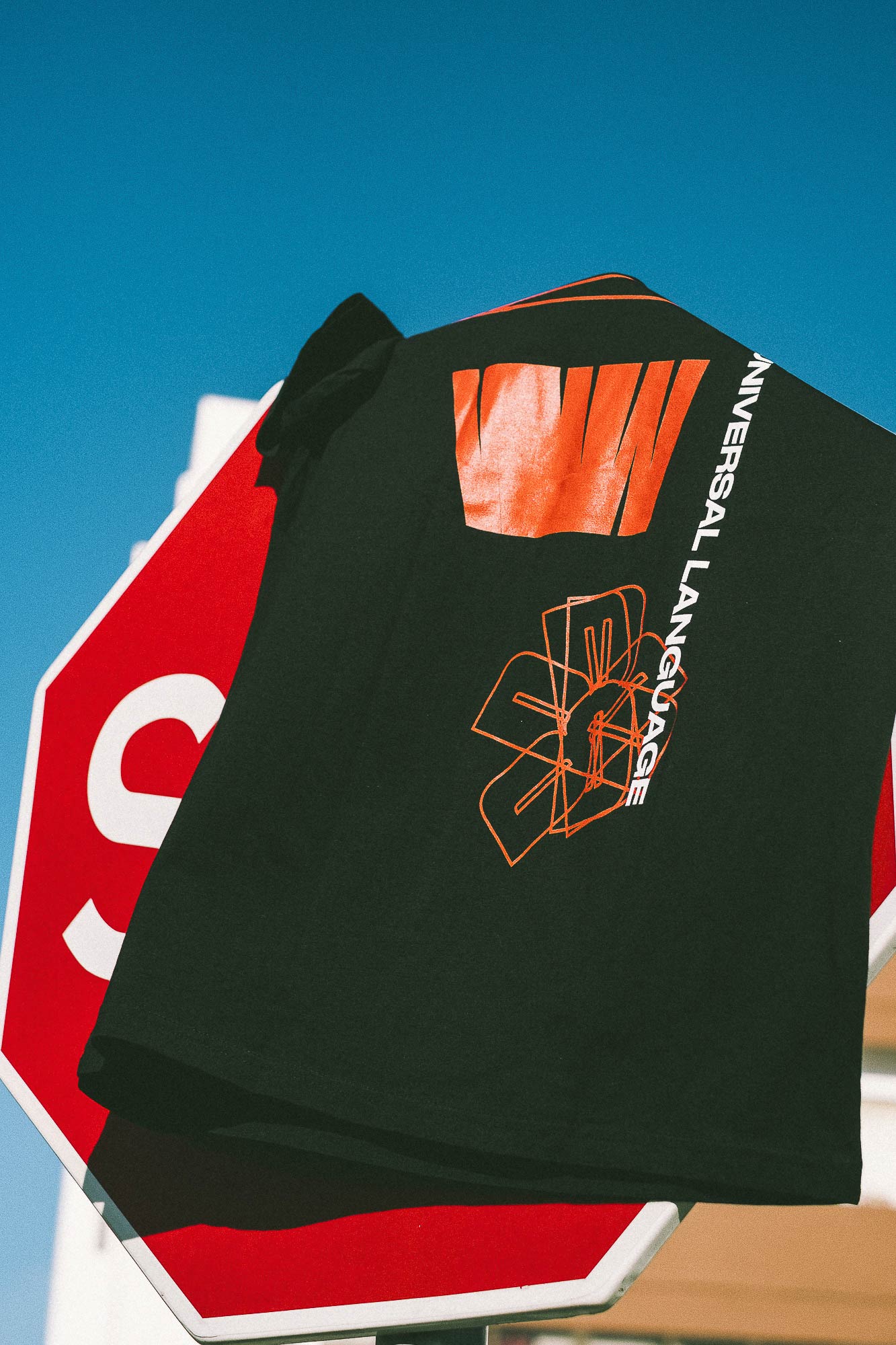
We think of T-shirts as more human
Through Future Print Club Humana have also noticed that T-shirts are a more effective way to raise funds, as they explained, “We found that people are more likely to buy multiple T-shirts, compared to prints.” Plus, the duo appreciate the creative freedom in the process of designing T-shirts. “Designing for T-shirts is much more expressive for us than designing a brand identity or website for a client,” they continued. “During the process, we are always questioning if someone would like to wear it.”
Read More: Starting From Nothing With Matouš Marťák



